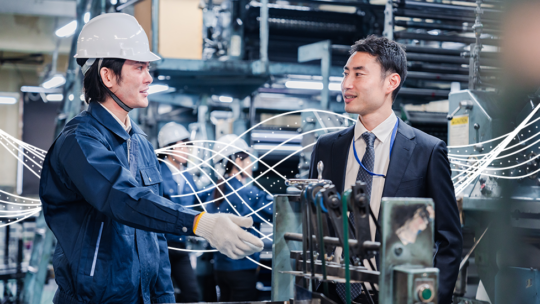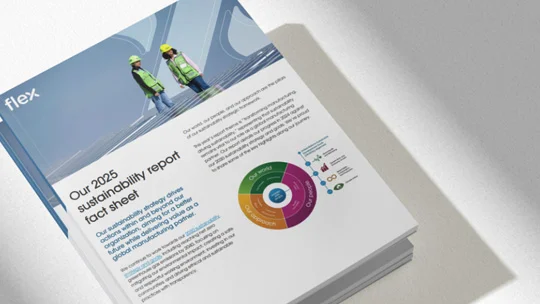1. Evaluar cuestiones de sostenibilidad de los materiales
La clave de los objetivos de una organización reside en la evaluación de materialidad, que identifica y prioriza las áreas prioritarias de sostenibilidad. Este es un paso crucial para la planificación estratégica de sostenibilidad, ya que los compromisos impulsarán importantes actividades y esfuerzos posteriores, desde el cumplimiento de ciertos requisitos de cumplimiento hasta la inversión en los recursos adecuados.Recopilar, medir e informarsobre el progreso organizacional. Esto requiere entrevistar a las partes interesadas para comprender cómo priorizan diversos temas. Esta información ayudará a orientar no solo la estrategia, sino también la estrategia de sostenibilidad. Cabe destacar que los objetivos de sostenibilidad tendrán un gran impacto si están claramente vinculados con la misión y el propósito.
Una tarea inicial importante es descubrir, evaluar y analizar los temas de sostenibilidad que podrían tener un impacto material en el negocio o, por el contrario, las cuestiones que las operaciones podrían tener un impacto material.
A medida que las empresas identifican y priorizan la lista de problemas, los que ocuparán los primeros lugares serán aquellos que son más importantes para el negocio y para las partes interesadas.
Identificamos e involucramos a las partes interesadas, tanto dentro como fuera de la organización, que puedan evaluar constructivamente los diversos problemas y compartir perspectivas valiosas. Además de clientes, inversores y socios comunitarios, también colaboramos con proveedores, gobiernos, organismos reguladores y organizaciones laborales.
También hemos encontrado expertos en el ámbito académico y en organizaciones sin fines de lucro que han resultado útiles; por ejemplo,Fondo Mundial para la Vida SilvestreHa sido un gran socio al guiarnos sobre cómo involucrar y apoyar ciertas comunidades donde operamos.
En cuanto a las partes interesadas internas, consultamos a un grupo diverso de expertos en la materia que nos asesoran sobre riesgos y presupuestos. Dadas nuestras operaciones globales, nos aseguramos de que nuestras partes interesadas representen los intereses de nuestros mercados geográficos clave.
Pasos clave adoptados durante la evaluación de materialidad de Flex:
Dado que el grupo de partes interesadas tendrá diferentes prioridades, el equipo de sostenibilidad buscará conectar estos puntos y alinearlos con la misión de Flex y los principales impulsores del negocio. Tras analizar los resultados de nuestra investigación, encuestas y entrevistas, validamos nuestra evaluación con el equipo ejecutivo. Puede consultar la matriz de materialidad de Flex al inicio de nuestros últimos informes de sostenibilidad. Actualizamos nuestra lista de asuntos materiales anualmente en respuesta a las necesidades cambiantes de nuestros grupos de interés más valiosos, lo que se refleja en nuestros informes 10-K y de representación.
Descubrimiento: Examinar los marcos ampliamente adoptados para comprender las cuestiones de materialidad clave en las que centrarse y sobre las que informar:
Informes de sostenibilidad emitidos por pares de la industria
Si bien gran parte de la investigación se centra en el interior de la organización, hay mucho que considerar fuera de ella para ayudar a definir sus objetivos. Mantenerse al tanto de las tendencias y prácticas emergentes es clave. Analizar los informes de sostenibilidad de organizaciones similares creará un punto de referencia importante para identificar dónde la empresa se queda atrás, supera o está al mismo nivel en sus esfuerzos de elaboración de informes de sostenibilidad. Esto puede orientar el establecimiento de objetivos a medida que se identifican áreas de mejora y arroja luz sobre dónde la organización se encuentra a la vanguardia para seguir impulsando el crecimiento.








